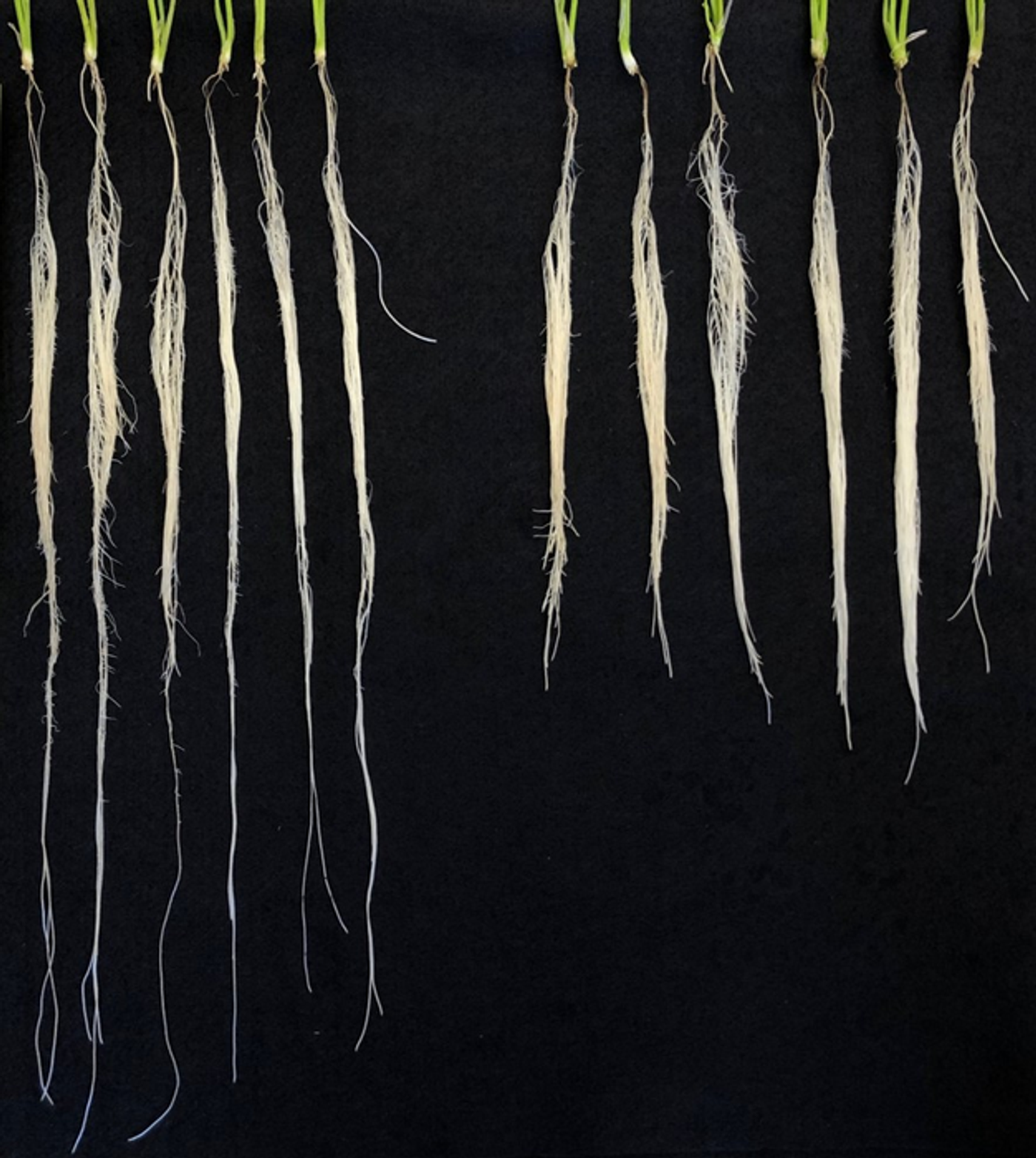Building More Resilient Wheat
The climate is changing, and making droughts longer, more severe, and more frequent. The United Nations has estimated that the duration and frequency of droughts has increased by about 30 percent since the turn of the century. Drought is also threatening our ability to grow food. But many farmers and scientists are well aware of the problem, and are trying to find solutions.
One solution may involve genetically engineered crops. New research has found that when a wheat plant carries a particular number of copies of certain genes, root growth is stimulated. Longer roots allow wheat plants to pull moisture from deeper reserves, and the resulting plants generate more biomass and a higher yield of grain. The findings have been reported in Nature Communications, and they could help scientists create drought-resistant wheat.
Roots are vital to plants, as they absorb essential water and nutrients that support the growth of the plant, noted first study author Gilad Gabay, a postdoctoral researcher at the University of California, Davis. The study has opened up new avenues to alter the architecture of wheat roots so they will survive periods of low water supplies, added Gabay.
Although the yields from wheat that is grown now are good, the losses caused by water stress could eliminate those improvements. As the climate continues to change, wheat that is able to adapt to periods of water scarcity will be crucial if we are to have enough food to supply a growing population. Right now, there are about 8 billion people on the planet, and projections estimate that by 2050, there will be between 9 and 10 billion people on Earth; that is a lot of mouths to feed.
A lot of work has already been done on the wheat plant to maximize its yield while maintaining a good taste and other features. But little has been known about the genes that influence wheat structure. In this study, the researchers used wheat stocks with well-characterized genomes to learn more. They grew those stocks in the field under different conditions, and analyzed the resulting root architecture. After identifying the genes that seemed to be most closely involved, the team used gene editing to confirm that these genes have a powerful effect on wheat root architecture.
The OPRIII gene family was revealed, and the researchers found that the number of copies of genes in this family can have a major impact on root length, a significant finding, said study leader Distinguished Professor Jorge Dubcovsky.
"The duplication of the OPRIII genes results in increased production of a plant hormone called Jasmonic acid that causes, among other processes, the accelerated production of lateral roots," Dubcovsky explained. "Different dosages of these genes can be used to obtain different roots."
When some of the duplicated OPRIII genes were eliminated with CRISPR gene editing, the resulting wheat had shorter roots. When additional copies of these genes were added, the roots became shorter and branched more. The addition of a rye chromosome reduced the number of OPRIII wheat genes, and extended root length.
"Fine-tuning the dosage of the OPRIII genes can allow us to engineer root systems that are adapted to drought, to normal conditions, to different scenarios," Gabay said.
Some wheat varieties may naturally have different combinations of OPRIII genes, which scientists and growers can now look for and utilize in areas where water supplies are low.
Sources: University of California, Davis; Nature Communications










